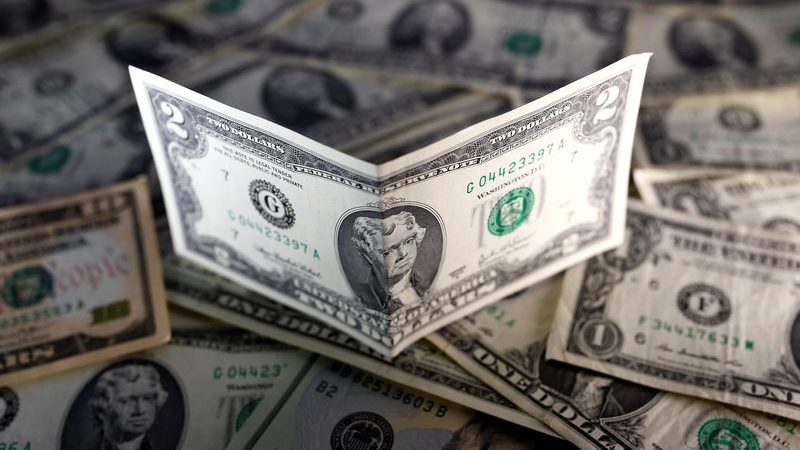
Dollar inches up from 2-1/2 year low vs. euro; focus on U.S. data
By Masayuki Kitano
SINGAPORE (Reuters) – The dollar inched up from a 2-1/2 year low versus the euro on Tuesday, but its outlook remained clouded by U.S. political turmoil and doubts about whether there will be another Federal Reserve rate hike this year.
The greenback had slipped on Monday, pressured by month-end portfolio adjustments, while the euro was supported by expectations for a more hawkish monetary policy stance from the European Central Bank.
Uncertainty on the U.S. political front was also seen weighing on the currency, after President Donald Trump ousted recently hired White House communications chief Anthony Scaramucci on Monday.
The euro edged down 0.1 percent to $1.1828, pulling back from a peak of $1.1846 touched in early Asian trade on Tuesday, its strongest level since January 2015.
While expectations for the euro to head higher are likely to remain intact, the common currency might take a breather against the dollar as investors look to U.S. economic data this week for fresh impetus, said Stephen Innes, head of trading in Asia-Pacific for OANDA in Singapore.
Traders might trim some long positions in the euro for now and wait for opportunities to buy the euro again on dips, he said.
“I don’t think they are going to change their overall bias that the euro is going to be higher, but…if this really was month-end move driven, we should see a little bit of a retracement,” Innes said, referring to the euro’s 0.8 percent rise on Monday.
U.S. economic data this week include the jobs report on Friday. Investors will also focus on the core personal consumption expenditures (PCE) price index due later on Tuesday.
The dollar index, which measures the greenback’s value against a basket or six major currencies, last traded at 92.907, up 0.1 percent. On Monday, the index had slipped as low as 92.784, its weakest level since May 3, 2016.
Doubts surrounding the likelihood of Trump ever realizing his pro-growth agenda, including tax reform, have hurt the greenback and contributed to the dollar index’s roughly 2.9 percent decline in July.
Concerns that subdued U.S. inflation could stay the hand of the Fed on another rate hike by year-end have also weighed on the greenback. The Fed’s policy statement last week led to the perception that it has grown cautious about sticking to its tightening path.
Against the yen, the dollar held steady at 110.30 yen, trading near a low of 110.21 yen touched this week, its lowest level since mid-June.
The Australian dollar added 0.4 percent to $0.8039, not very far from a peak of $0.8066 set last week, its strongest level in more than two years.
Australia’s central bank is widely expected to keep its cash rate at a record low of 1.5 percent at its policy review due at 0430 GMT on Tuesday, according to a Reuters poll.
Market participants will also be watching out for any comments from the Reserve Bank of Australia regarding the recent strength of the Australian dollar.


